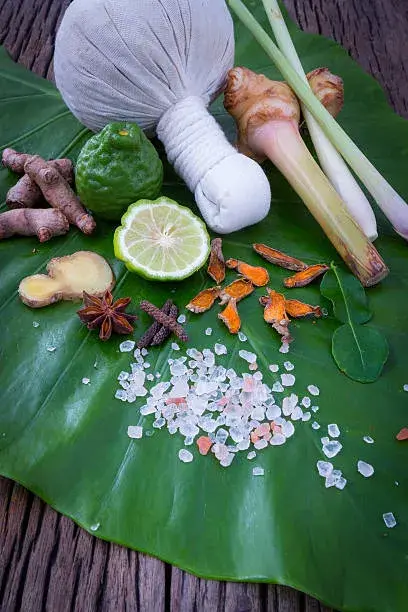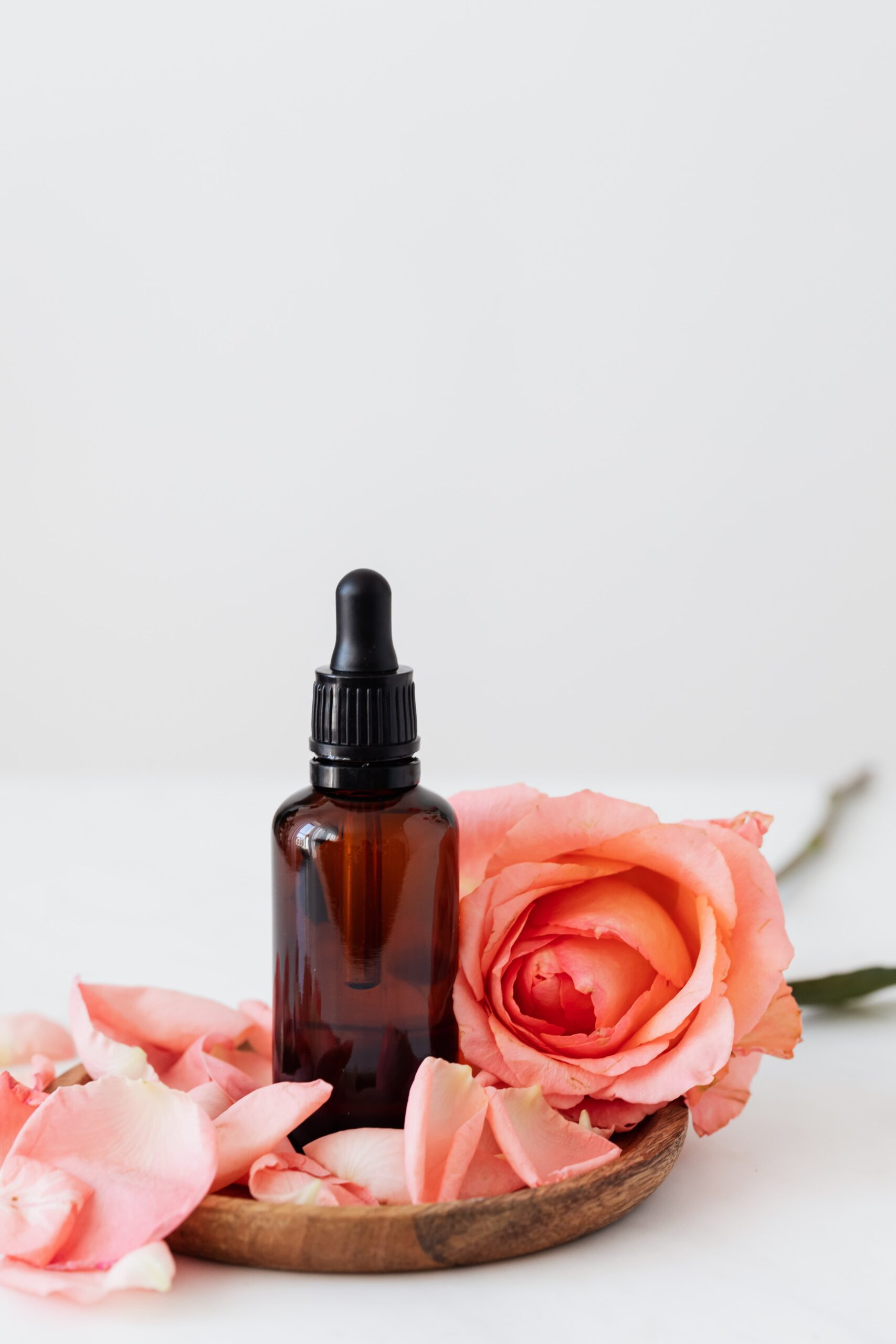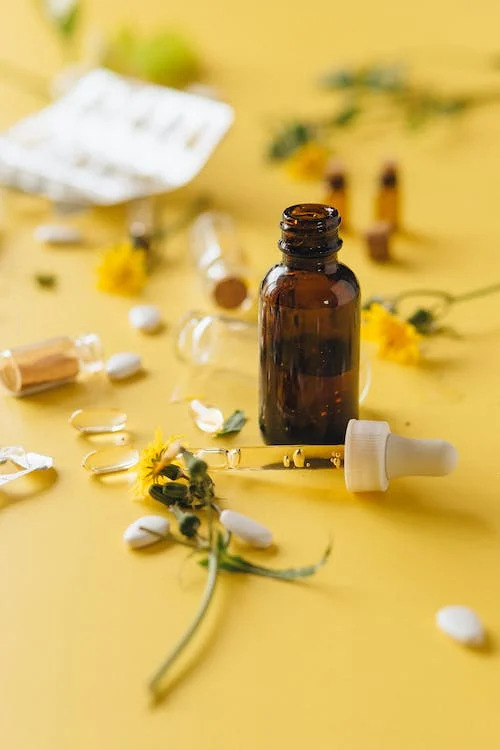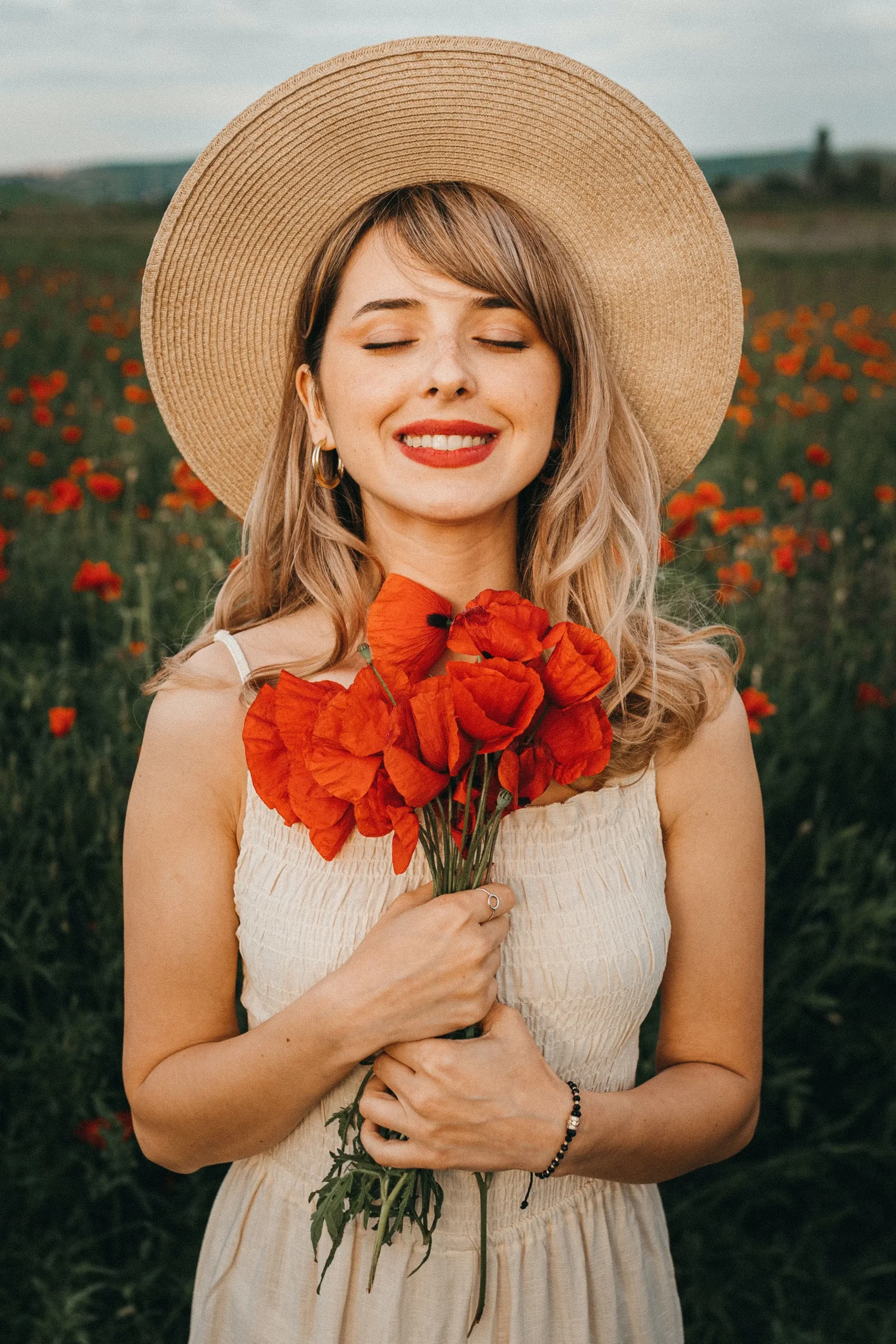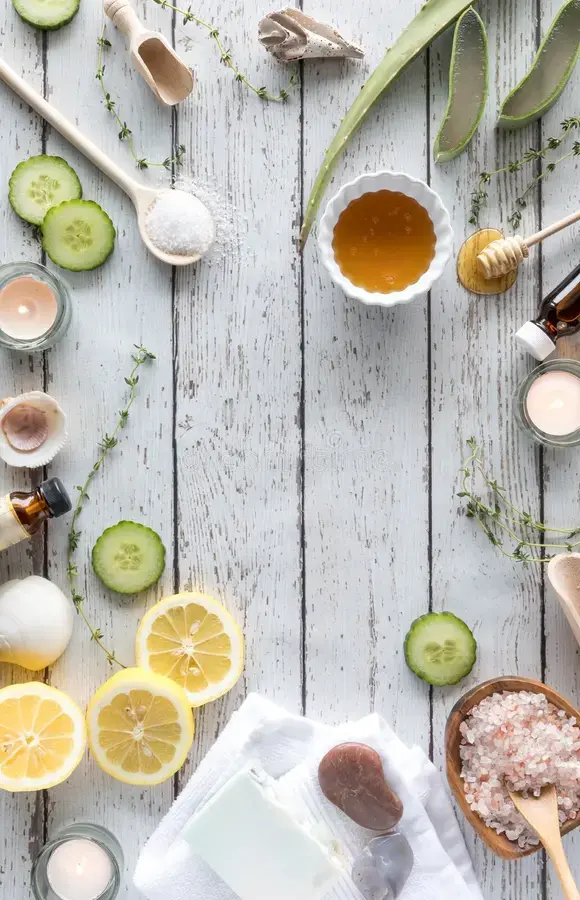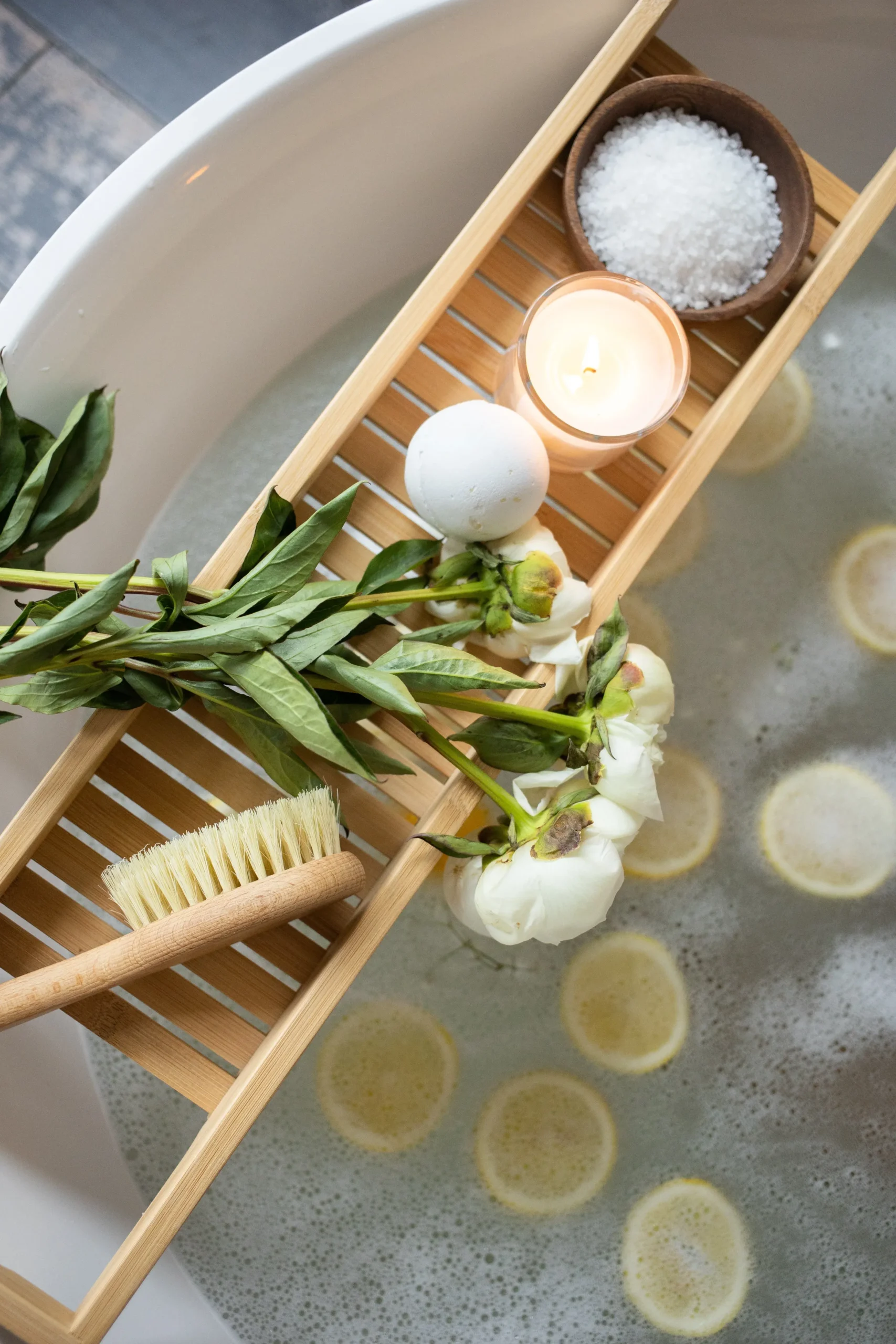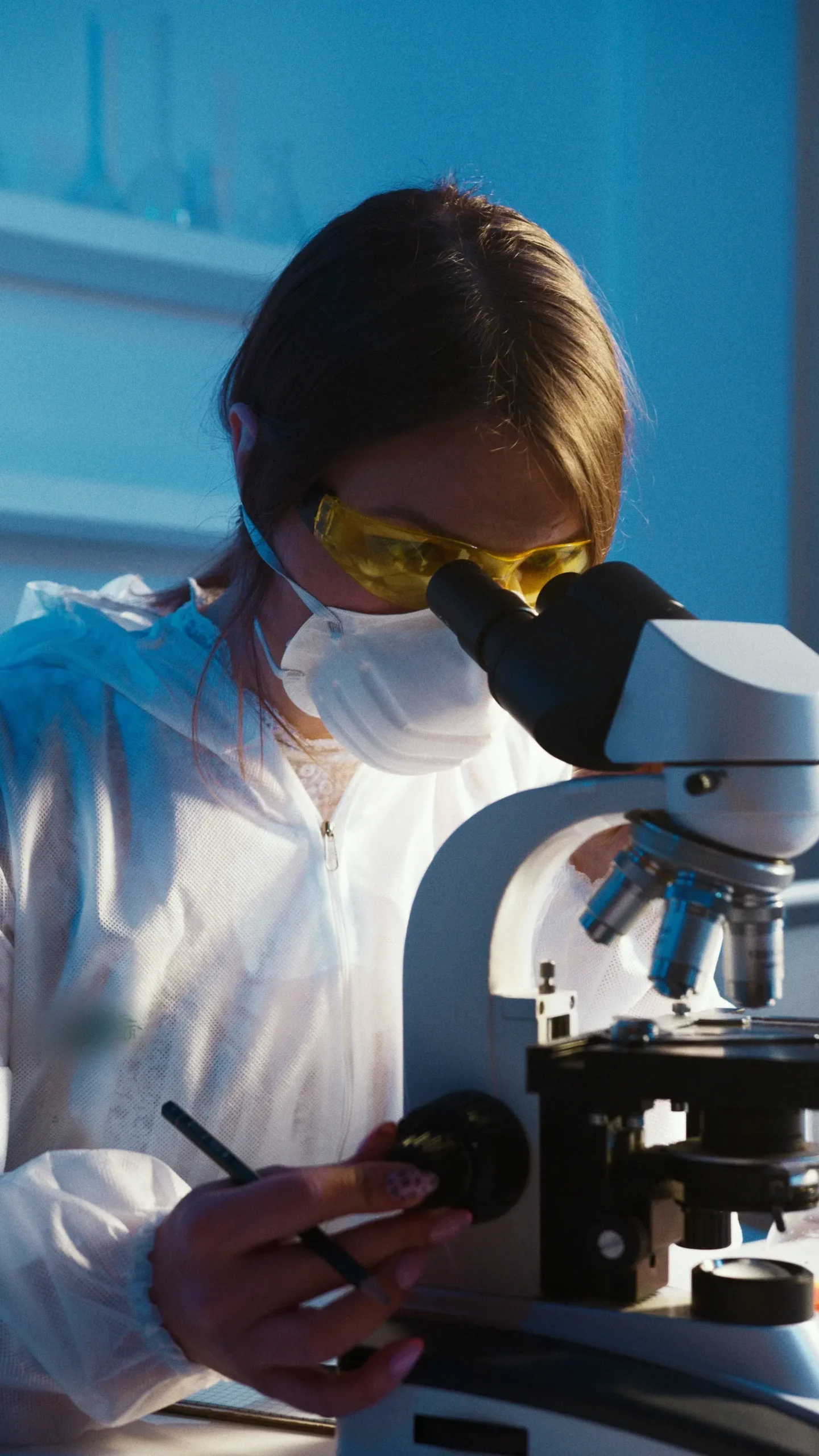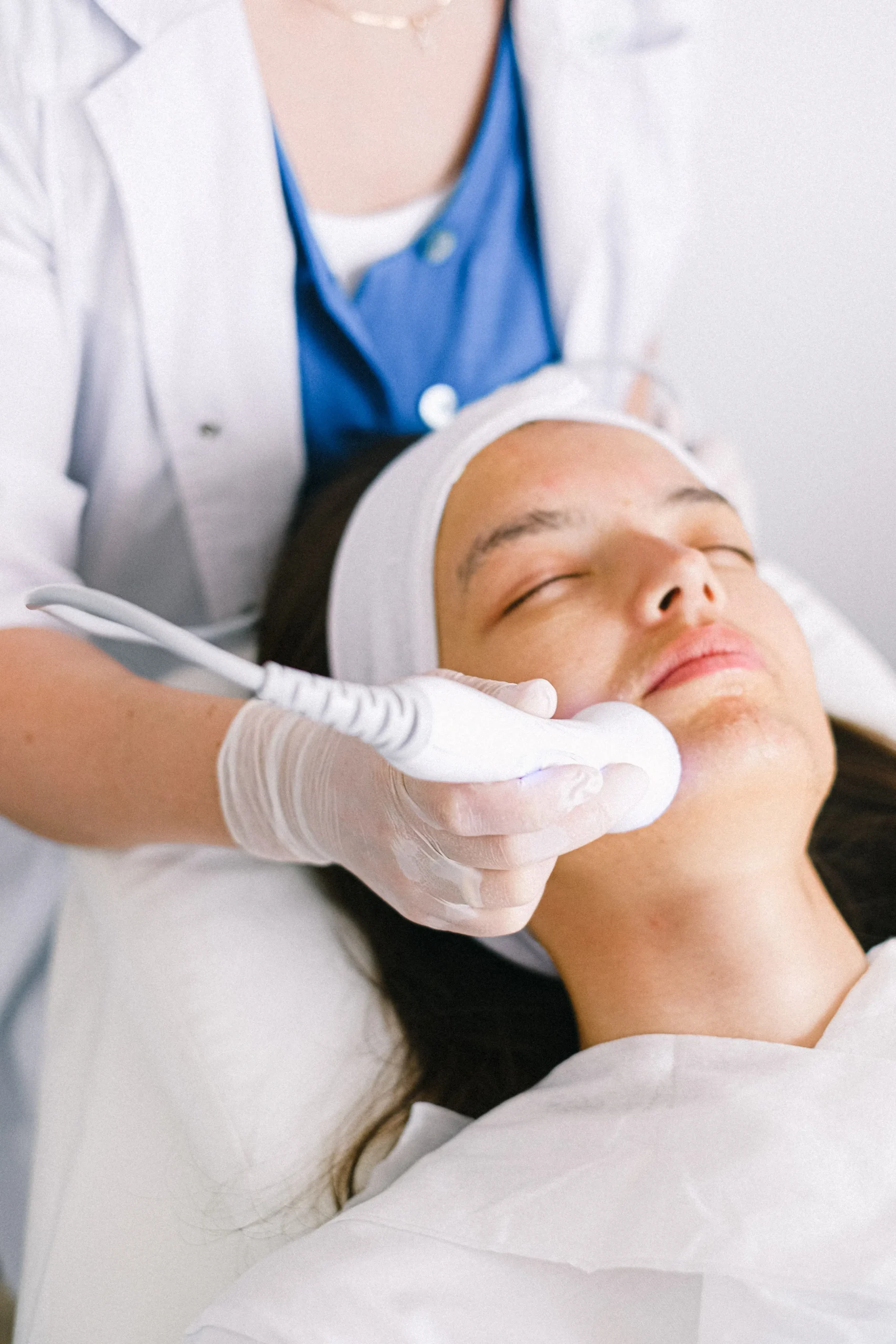Black elder
Sambucus nigra
Much folklore is associated with this European plant chat is also known as “bourtree.” Pre-Christian documents attributed protective, healing powers to the black elder, and in England it was believed bad luck to cut its branches for fear of showing disrespect to the mother elder, who was thought to inhabit the tree.
Black elder
Sambucus nigra
🙤 Plant Facts:
The elder is a member of the honeysuckle family and can grow to a height of 33 feet. The sweet-smelling, spicy but somewhat bitter lasting flowers produce blackish-purple fruits with an aromatic, tart taste. The stalk and branches contain a white, fluffy pulp.
🙤 Origin
The elder is native to Europe, North Africa and western and central Asia. It thrives throughout lowland forests and along roads and fences and is very often found in farmhouse gardens.
🙤 Parts used
The flowers and ripe berries are used medicinally. The flowers should be harvested as the plant begins to blossom.
🙤 Components
The black-elder flowers contain flavonoids, rutin , mucins and tannins and a large portion of organic acids and calcium. The berries contain fruit acids, vitamins B, and C nd folic acid, as well as essential oils.
🙤 Indications
Described as a “complete medicine chest,” black elder induces perspiration. When you have a feverish cold, take it in the form of a hot drink. Elder also promotes expectoration, which makes it a good treatment for coughing and bronchitis. The pulp of the berry and the freshly pressed juice have a diuretic and digestive system and make you feel nauseous. available from pharmacies laxative effect on the body. Avoid the red-erry species of elder, as it can irritate the you don’t want to make digestive system and make you feel nauseous.
Extra Tip
A folk remedy for burns is a paste made of elder and milk. Boil freshly picked, chopped flowers in enough milk to make a thick paste. Allow to cool and apply to the affected part of the skin.
For feverish cold, coughs and bronchitis
✽ Types of Applications ✽
♦Tea Flowers
Pour 1 cup of boiling water over 1-2 tsp. of dried elder flowers. Strain after 10 min. Drink 1 cups of freshly prepared tea several times daily. For best results, drink the tea as hot as you can tolerate it.
♦ Tea from berries
Add enough cold water to cover approximately 3 heaping tsp. elderberries and allow to stand for several minutes. Then slowly bring the water- berry mixture to a simmer. Gently simmer for 10 min., and then strain and drink.
♦ Juice, syrup
Remove the stems from 4 Ib. of ripe berries. Squeeze the juice from the berries into a saucepan and add about 1b. of sugar. Boil for min. Skim the foam from the surface, with the syrup while hot. Prepared syrup is available from pharmacies and health-food stores if you don’t want to make your own. To prevent or | to treat a cold, drink the g heated juice or syrup dissolved in hot water.
♦ Purée
Boil about 1 Ib. of ripe elderberries with 1 cup of water and 2 diced apples. Put through a sieve and sweeten to taste.
Extra Tip
A folk remedy for burns is a paste made of elder and milk. Boil freshly picked, chopped flowers in enough milk to make a thick paste. Allow to cool and apply to the affected part of the skin.

